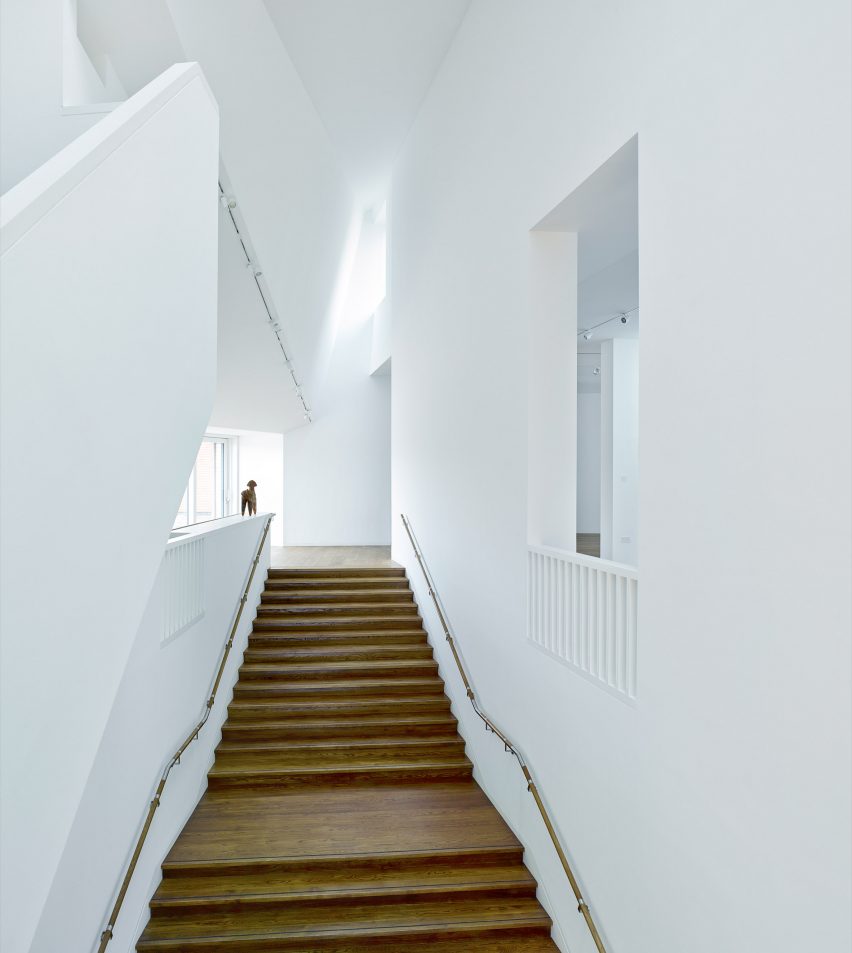A home referencing the hop-drying towers of the Kent countryside, designed by British architects James Macdonald Wright and Niall Maxwell, has won the RIBA House of the Year 2017 competition.
The House of the Year title – formerly known as the RIBA Manser Medal – is awarded by the Royal Institute of British Architects for the best new house or extension in the UK.


"This ambitious house explores new architectural methods, materials and crafts and allows us to question the future of housing and the concept of multi-generational living," said RIBA president Ben Derbyshire.
"I've no doubt many of the ideas displayed at Caring Wood will influence UK housing for many years to come."

The project was selected by a jury chaired by the director of London studio DSDHA, Deborah Saunt. The winner of last year's award, Richard Murphy, also sat on the panel, alongside designer Sebastian Cox, Sandra Coppin of Coppin Dockray Architects, and Jenny Eclair, a writer and the client of the 2005 RIBA Manser Medal-winning house.

They said the design, which sees the extended family share living spaces arranged around a central courtyard, offers solutions for the UK's housing crisis, allowing families to share the load of childcare and allowing family units to remain together for longer.

"At a time when we are increasingly atomised, individually preoccupied and lost in personalised digital worlds, designing homes where families come together – in their many permutations – is an increasingly important aim," she continued.
"Whilst this might seem to be a particular brief for one extended family, it is one taking huge risks in asking how we collectively might live inter-generationally as social structures evolve."

Macdonald Wright Architects also designed a barn clad in black-stained timber for the grounds of the house, which act as a maintenance base for the some 25,000 native trees planted in its grounds.
Caring Wood was one of 20 properties named on the longlist for this year's RIBA House of the Year award, when it was first announced in June 2016.
The list was gradually whittled down to a shortlist of seven, across the four week-duration of the television series.
Read on to see the other six houses shortlisted for RIBA House of the Year:






Photography of Caring Wood is by James Morris.












Đăng nhận xét